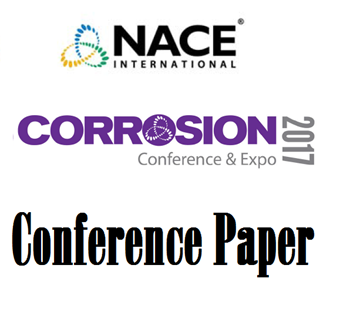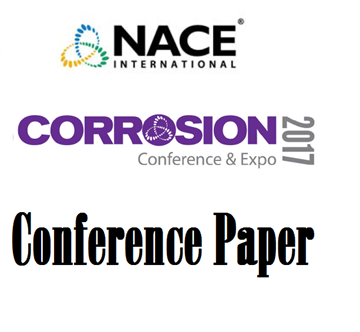Search
Cathodic Protection
View as
Sort by
Display
per page
Strategy and Results of an Impressed Current Cathodic Protecton Retrofit in the North Sea
Product Number:
51317--8957-SG
ISBN:
8957 2017 CP
Publication Date:
2017
$20.00
Study on the Mechanism and Influencing Factors of High Voltage Direct Current Interference
Product Number:
51317--9293-SG
ISBN:
9293 2017 CP
Publication Date:
2017
$20.00
The Effects Of Different Blast Abrasives On The Performance Of Liquid-Applied Epoxy Pipeline Coatings
Product Number:
51322-17806-SG
Publication Date:
2022
$20.00
The History Of Hydrogen Induced Stress Cracking (HISC) Failures Of Duplex & Super Duplex Stainless Steels (DSS/ SDSS) Due To Cathodic Charging And The Potential For Improvement In HISC Resistance
Product Number:
51322-18070-SG
Publication Date:
2022
$20.00
The Influence Of Oxygen On Protective Iron Carbonate Scales Formed On Carbon Steel In CO2 Environments At Near-Neutral Ph
Product Number:
51322-17899-SG
Publication Date:
2022
$20.00
The Virtual Corrosion Engineer For Soil Side Corrosion Prediction And Cathodic Protection Status Monitoring
Product Number:
51322-17677-SG
Publication Date:
2022
$20.00
TM0101-2012-SG Measurement Techniques Related to Criteria for Cathodic Protection of Underground Storage Tank Systems
Product Number:
21240-SG
ISBN:
1-57590-137-4
Publication Date:
2012
$109.00
TM0105-2018, “Evaluation of Coatings Containing Conductive Carbon Additives for Use as an Anode on Atmospherically Exposed Reinforced Concrete”
Product Number:
21247-SG
ISBN:
1-57590-200-1
Publication Date:
2018
$109.00
TM0105-HD2016, “Evaluation of Coatings Containing Conductive Carbon Pigmentation for Use as an Anode on Atmospherically Exposed Reinforced Concrete”
Product Number:
21247-HD2016
ISBN:
1-57590-200-1
Publication Date:
2016
$179.00
TM0109-2009-SG, Aboveground Survey Techniques for the Evaluation of Underground Pipeline Coating Condition
Product Number:
21254-SG
ISBN:
1-57590-226-5
Publication Date:
2009
$109.00
TM0115-2015, “Cathodic Disbondment Test for Coated Steel Structures under Cathodic Protection”
Product Number:
21269-SG
Publication Date:
2015
$179.00
TM0190-1990, Impressed Current Test Method for Laboratory Testing of Aluminum Anodes
Product Number:
53076-HD1990
Publication Date:
1990
$179.00












